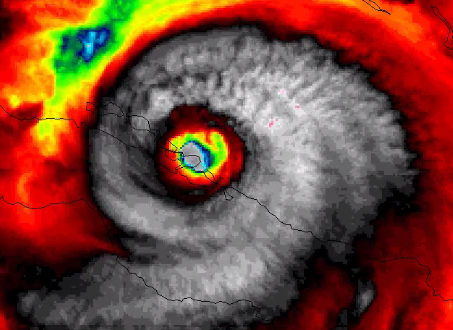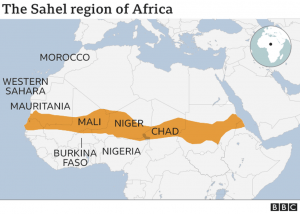
Unic Press UK: Hurricane Irma made landfall in Cuba on Friday as a Category 5 storm, leaving a trail of severe damage.
This hurricane that is heading towards the U.S. state of Florida, struck Cuba as a category 5 with 160 mph (260 kph) winds late on Friday, the National Hurricane Center (NHC) said in an advisory statement on its website.
The NHC also issued a ‘Storm Surge Warning’ for several parts of Florida and many other places. The Storm Surge Warning means that:
“There is a danger of life-threatening inundation, from rising water moving inland from the coastline, during the next 36 hours in the indicated locations.”
The NHC further said
“This is a life-threatening situation. Persons located within these areas should take all necessary actions to protect life and property from rising water and the potential for other dangerous conditions. Promptly follow evacuation and other instructions from local officials.”
The forecast is that this roaring/destructive storm will make landfall in Florida on Sunday. There are mandatory evacuations in some parts of Florida.
The governor of the U.S. state of Florida, Rick Scott, said: We can’t save you when the storm starts. He declared State of Emergency. He had ordered all colleges, schools and universities to close on Friday, the 8th September 2017. In a statement yesterday, Governor Scott said: “find the closet available shelter to your home and go there immediately.”
This powerful storm that has already caused the death of more than 20 lives across the Caribbean, is predicted to be one that will leave in its wake a catastrophe: multi-billion dollar of insured losses, knock out power supply to millions of people, destroy private and public properties, adversely impacting on energy supplies, and so on.
Hurricane Irma is of epic proportion, perhaps bigger than we have ever seen. Be safe and get out of its way,if possible. Federal G is ready!
— Donald J. Trump (@realDonaldTrump) September 8, 2017
About Hurricanes
“Hurricanes are among nature’s most powerful and destructive phenomena. On average, 12 tropical storms, 6 of which become hurricanes form over the Atlantic Ocean, Caribbean Sea, or Gulf of Mexico during the hurricane season which runs from June 1 to November 30 each year. In the Central Pacific Ocean, an average of 3 tropical storms, 2 of which become hurricanes form or move over the area during the hurricane season, which runs from June 1 to November 30 each year. Guam, the Northern Marianas and Micronesia experience typhoons all year round but the main season in July through November with a peak from mid-August to mid-September. Over a typical 2-year period, the U.S. coastline is struck by an average of 3 hurricanes, 1 of which is classified as a major hurricane (winds of 111 mph or greater). By knowing what actions to take before the hurricane season begins, when a hurricane approaches, and when the storm is in your area, as well as what to do after a hurricane leaves your area, you can increase your chance of survival.” [National Hurricane Center (NHC) website: 8 September 2017]




